Surf razor-thin tunnels to the beat
Keep exploring
Keep the momentum going with more arena racers, action trials, and puzzle standouts.

Stick It to the Stickman
Bloxd io
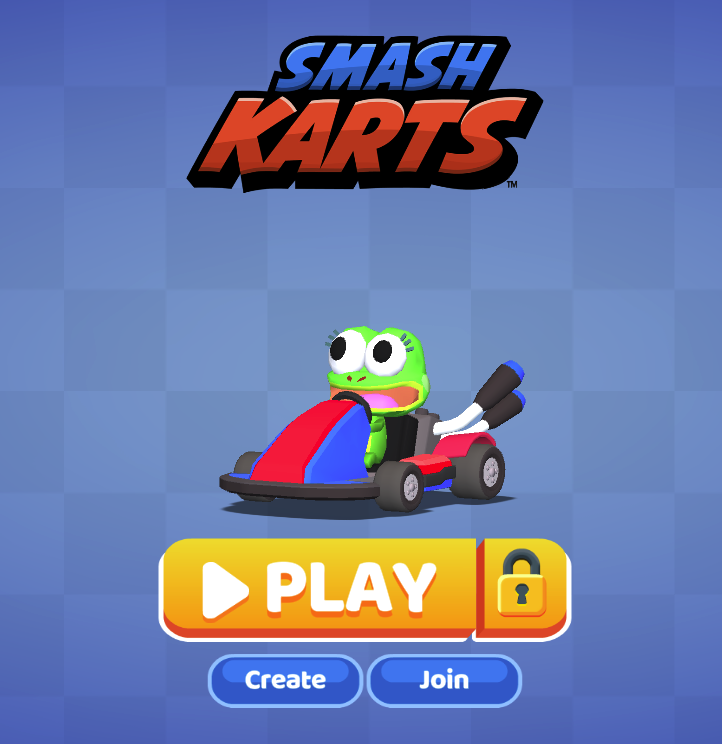
Smash Karts
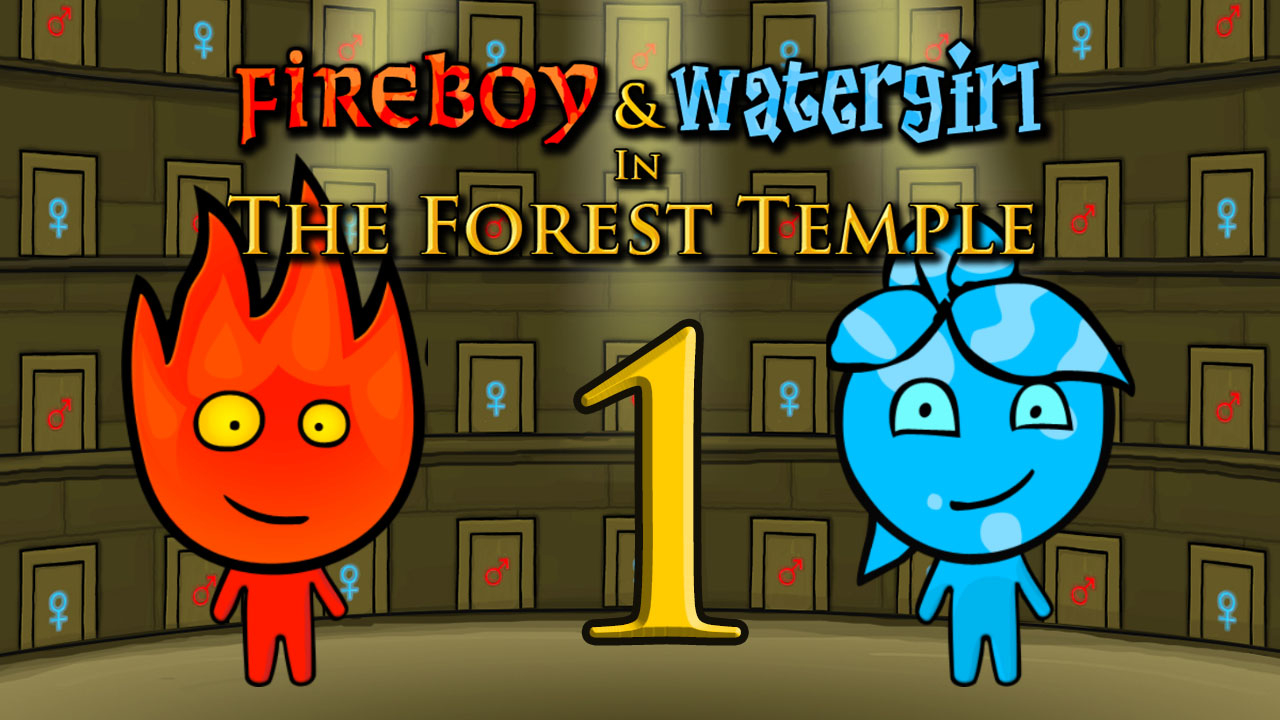
Fireboy and Watergirl: Forest Temple

Wacky Flip
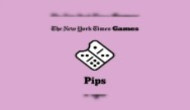
Pips NYT
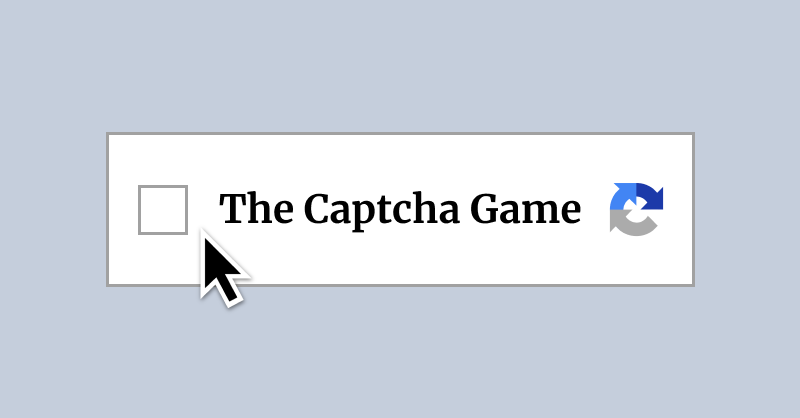
The Captcha Game

Hollow Knight

Hotline Miami

Take Care of Your Own Burning Spice
Feel the waveform, move with the music
Ride the waveform, lock into the beat
Geometry Dash Wave distills the obsessive high-speed ship sections into a focused rhythm trial where every tap matters. Instead of juggling multiple mechanics, you manage a simple yet demanding rule set: hold to climb, release to dive, and thread through neon corridors shaped like an audio waveform. The minimal inputs create maximal tension, and Geometry Dash Wave turns that tension into flow by syncing obstacles to pulsing tracks so your reflexes learn the beat as much as the layout.
How the ship actually handles
In Geometry Dash Wave, your craft accelerates instantly, responding to micro-presses with razor precision. Short pulses nudge your altitude; longer holds launch steep angles that feel like carving with a scalpel. There’s no sluggishness—only crisp, binary control. That responsiveness makes room for technique: feathering the button to hover, stutter-stepping through teeth-like gaps, or committing to bold diagonals when the track demands confidence.
Hold to climb, release to descend, and repeat—yet the nuance is huge. Geometry Dash Wave rewards a steady hand and rhythmic intent. If you overreact, you’ll pop into spikes. If you hesitate, you’ll sag into a floor saw. The best players turn the level into a metronome, using the soundtrack’s kick and snare as a guide to time each rise and fall.
Why the wave mode hits different
Unlike cube hops or classic ship glides, the wave’s steep angles create rapid altitude swings that feel musical. In Geometry Dash Wave, corridors arrive in patterns that mirror the track’s phrasing—tight triplets, long sustained climbs, or playful call-and-response gaps. Because the geometry listens to the music, you can anticipate turns by ear, not just by sight.
That’s the magic: Geometry Dash Wave trains you to “hear” safe paths. Your fingers start moving before your eyes fully register the hazard, and the level becomes a choreography of taps and releases. It’s demanding, but when it clicks, you surf like a laser on rails.
Practice options that accelerate learning
Toggle practice checkpoints to loop trouble spots until they’re muscle memory. In Geometry Dash Wave, practice isn’t an afterthought—it’s a launchpad. Spin up a section, isolate a zigzag you keep clipping, and grind it until the timing feels inevitable. Then disable checkpoints and stitch the newly mastered bits into a full clear.
Micro-restarts remove downtime so sessions stay snappy. Because Geometry Dash Wave loads instantly, you can squeeze meaningful practice into a short break, or marathon your way through harder layouts without staring at menus between attempts.
A clear progression curve for every skill level
Beginner goals. Start with wide tunnels and slow BPM maps. In Geometry Dash Wave, your first wins come from learning to feather inputs—tiny taps to maintain altitude without overcorrecting. Focus on keeping your ship centered and committing to smooth diagonals instead of jittery zigzags.
Intermediate breakthroughs. Once you can hover reliably, graduate to micro-gaps and syncopated patterns. Geometry Dash Wave rewards learning anchor beats—predictable accents in the song that cue when to climb and when to drop. Train your ears to those anchors and you’ll navigate tricky switchbacks with half the effort.
Advanced mastery. Chase consistency under pressure. The top plateau in Geometry Dash Wave is holding perfect rhythm while the level throws fake-outs, blind rises, and precision teeth. You’ll learn to pre-buffer taps, read ahead two obstacles, and stay calm when back-to-back diagonals threaten to derail your run.
Variety that keeps the loop fresh
From slow, meditative corridors to lightning-fast gauntlets, Geometry Dash Wave stages cover a broad palette. Some emphasize endurance—long, flowing climbs with gentle pivots. Others compress the action into dense bursts where you must pulse three times between beats to survive. The diversity means you can pick a map that suits your mood: warm-up tunnels, flow-state tracks, or high-intensity sprint challenges.
Community-crafted routes add texture too. In many playlists, Geometry Dash Wave levels experiment with visual rhythm cues—oscillating deco, strobe accents on downbeats, or mirrored tunnels that force symmetrical input patterns. They look flashy, but they also teach timing through motion design.
Control schemes and setup that just work
Mouse clicks, spacebar, or touch—all are viable. The instant actuation in Geometry Dash Wave means you should choose whatever gives you the most predictable travel distance and fastest recovery between taps. Many players prefer a keyboard for consistent press depth, while others love the analog feel of short mouse pulses. Try both for a few runs and commit to the one that lets you relax your shoulders and breathe with the track.
Tips that convert attempts into clears
Count with the song. Tap on kicks, float through snares. In Geometry Dash Wave, counting 1-and-2-and can smooth out jittery inputs. Embedding your taps inside the bar keeps your diagonals even and prevents panic surges.
Zoom your eyes out. Don’t tunnel on your ship’s tip. Glance two hazards ahead so you enter each diagonal with a plan. Geometry Dash Wave rewards anticipation: if you know a steep drop is coming, you’ll release earlier and glide cleanly instead of yanking down too late.
Feather, don’t mash. Light, intentional micro-presses are safer than frantic staccato. The physics in Geometry Dash Wave respond linearly, so controlled pulses produce straight, readable angles that thread micro-teeth without scraping.
Segment, then stitch. Use checkpoints to master individual beats, then remove them to test endurance. The best habit in Geometry Dash Wave is alternating focused drills with full-run attempts so timing precision and mental stamina grow together.
Who will love this mode
If you thrive on clean mechanics and musical feedback loops, Geometry Dash Wave is your ideal sandbox. Speedrunners enjoy the deterministic control, rhythm gamers enjoy the beat-mapped layouts, and creators enjoy how clearly the mode reveals whether a pattern “sings” or stumbles. It’s also perfect for short sessions: two minutes of concentrated tapping can feel as satisfying as a long grind.
The perfect warm-up for full levels
Use Geometry Dash Wave to prime your hands before tackling demon-tier routes in the main game. The precise pulses you practice here transfer directly to tight ship sections, tricky UFO lines, and any pattern where micro-control decides the outcome. Five warm-up clears in Geometry Dash Wave often translate to steadier first attempts elsewhere.
Quick FAQ
Is it beginner-friendly? Yes—start with slow tracks and wide gaps. Geometry Dash Wave scales smoothly as your rhythm improves.
Does music matter? Absolutely. Levels in Geometry Dash Wave feel easier when you internalize the beat, so keep your audio on and count along during tough sequences.
What’s the best input? The best input is the one you can repeat consistently. Many players in Geometry Dash Wave choose keyboard for uniformity, but mouse and touch are fully viable with practice.
How do I beat micro-gaps? Slow your mind, shorten your taps. In Geometry Dash Wave, treat micro-teeth like a single sustained phrase: tiny equal pulses, not panicked jitter. When the pulses match the track, your diagonals will trace a clean, safe line.
Whether you’re here to sharpen timing for the larger series or to chase the sheer thrill of precision, Geometry Dash Wave offers a pure, musical test of control. Drop in for a quick warm-up or sink hours into mastering aggressive patterns—the satisfaction of a flawless run lands like a perfect downbeat.
Surf razor-thin tunnels to the beat is ready to play
Master steep wave angles to high-energy EDM. Hold to rise, release to dive, set checkpoints, and sharpen rhythm reflexes for tougher Geometry Dash levels.
Share Surf razor-thin tunnels to the beat
Spread the word, invite friends, or bookmark this page to revisit the story whenever you need it.